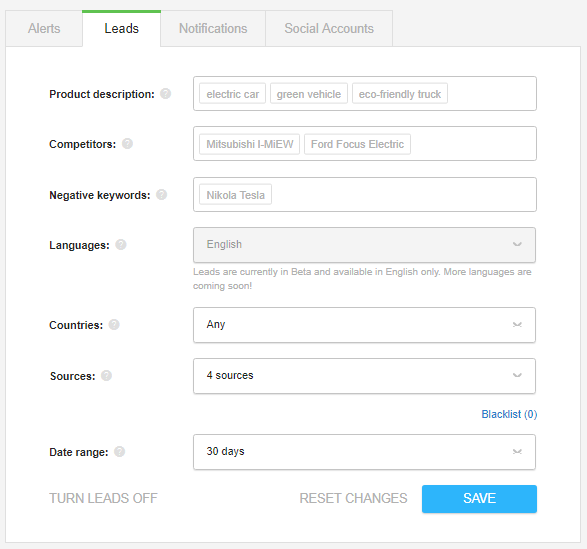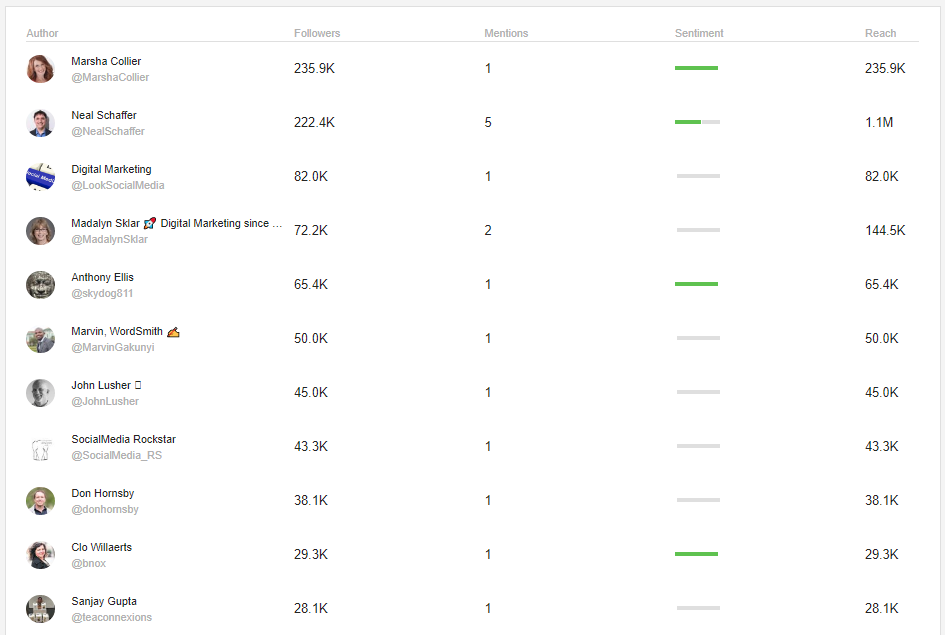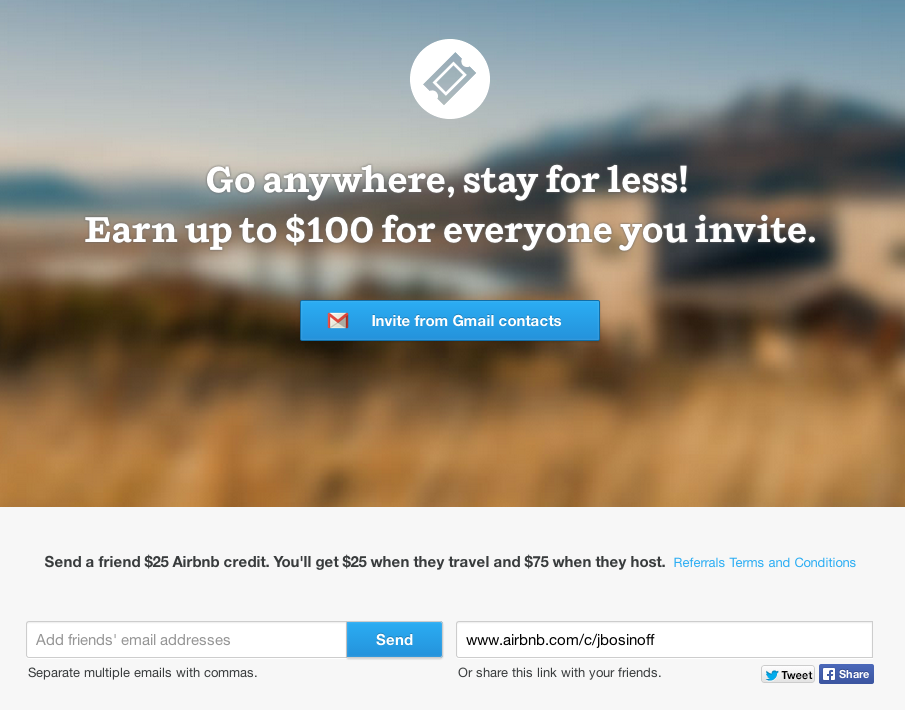Lead generation: 3 truly effective methods

Have you ever had your boss stand behind your back go “Where are the leads? We need more leads! Leads, leads, leads!” Or, have you had your inner voice tell you exactly the same thing?
If you’re new to the market, finding customers is especially hard. No matter how good your product is or how good of a service you provide, it will be a challenge. And here’s why:
All digital marketing lead generation tactics that exist at the moment are far from being optimal. SEO is a matter of hard work and luck: there are only 10 positions on any first page of a Google search and loads, loads of websites out there. PPC is terribly expensive. Social media advertising is becoming terribly expensive. At the same time, organic social media marketing is getting harder each day.
So what is left for marketers that don’t have a budget of a semi-serious election campaign?
Read on and you'll find out. This post is about lead generation tactics that still work and that you might’ve missed, might’ve not thought of, or had a wrong idea about. Let’s dive in.
1. Social selling
Welcome to the class, this is social selling 101.

Social selling is about finding people that are already interested in a product or a service like yours. They live on the social parts of the Internet: social media networks, blogs, forums. Your first challenge is to find them in the huge world of social media. Your second challenge is to convince them to buy your product.
From the dawn of time marketers have been taught how to convince people to buy. We'll talk a bit about that later. In the end, we do have a vague idea of how persuasion works and what tricks one can use on social media. Finding, however… Finding relevant people isn’t an easy task: this is why cold calling existed for so long. You simply don’t know where your customers hang out so you attack everyone with the best you got.
Unless you use a social media monitoring tool, that is. In fact, the number of social media monitoring tools is growing and social selling is becoming more and more popular. Current research shows that salespeople who use social media outperform those who don’t and even companies are more successful when they focus their attention on social selling. Which isn’t that surprising after the famous case of IBM increasing their sales by 400% due to their social selling program.
There's a number of ways to generate leads with a social media monitoring tool. Understandably, for different social media monitoring tools, the process will also be a bit different. Here, I’ll show you how to find customers in Awario.
For that, the tool has a specific (also, unique!) feature called Awario Leads. It works in the following way:
Create a project for your brand:

- Describe your product in 2- to 3-word phrases that your customers are likely to use when thinking about your product.
- Add your main competitors.
- Add locations and sources of interest. For example, you're only looking for people on Facebook and Twitter because this is where you have a corporate account.
- Click SAVE.
Then wait for the algo to do the search for you. Really, that's it! From now on, Awario will be constantly looking for new customers.
How, you ask? Programming! Awario will combine your product descriptions and competitors' brand names with predictive insights to find prospects that are looking for your named product description, along with those unhappy with your competitor's product or service.
Here are more examples of how to set up Awario Leads and here is a guide for how I used Leads to find clients for agencies.
With time, your feed will get populated with queries.
Here, the "selling" part comes in.
The selling part will be different for each query. Some will ask about your advice on the product, some will seek recommendations, some will require the product ASAP. Depending on the nature of the query, you'll have to respond differently: start building a relationship with the prospect (i.e. link to a relevant article, give advice), describe your product, tell the author about the range of products to choose from. You can also act as a company representative, as a random social media user who happens to know a good product, or even as both:

2. Micro-influencer marketing
Just like social selling, influencer marketing is on the rise. Especially micro-influencer marketing. For a good reason: micro-influencers target exactly the markets you need and they do it at a reasonable cost. Honestly! I know that we are constantly reminded how much the Kardashians or the football players charge for a social media post. But hey, who needs them? Wouldn’t you rather have an opinion leader in a relevant niche with twenty thousand followers promoting your product?
In fact, according to research done by HubSpot, micro-influencers are 6.7 times more efficient then influencers with the large following.
Again, the only real challenge here is to find those influencers. There is a number of influencer discovery tools on the market, but, sure enough, I’ll show you how to do that with Awario.
First, find brand advocates. These are people with the large following that have already mentioned your brand. If they’ve done it once, they might do it again but in a more useful way: for example, if they already like your brand, they could write a review for your product or become the brand’s “face”.
Moreover, if an influencer talked about your brand in a negative context before, this is your chance to fix things: you could provide them with another product for free, solve an existing problem with the product, apologize, or anything else. They will then spread the good word and might just fix your reputation in their community.
To find micro-influencers who’ve talked about your brand before, create an alert for your brand and go to the Influencers tab.

You’ll see a list of influencers who’ve mentioned your brand. You can also see how many times they did that and whether the mention was positive, negative, or neutral.

These are, however, people that already know about your brand. A larger goal is to find influencers that have no clue and are about to be amazed. For that, when creating an alert, create one for your industry. Use a couple of phrases that describe your industry best.

Then, do all that same thing. Go to the Influencers tab and see a list of influencers that talk about your industry.
After you have your list, it’s time to reach out.
Again, with most micro-influencers, it would be wise to build a relationship first. On social media, this means complimenting and sharing their content and mentioning them in your own posts. Then, crafting a unique reachout message for each influencer where it’s clear what both you and she get out of the deal. With micro-influencers, it’s important to hit that middle-ground communication spot between being friends and having a business deal. Because no matter how ROI-based your intent is, in the world of social media everyone is a friend.
3. Referral program

Referral programis a growth hack that’s been used quite a lot lately and that is properly effective. It worked for Dropbox, Uber, Airbnb… The idea behind the method is simple: an existing user recommends the service to their friends and gets some benefits - a discount in most cases.
This is word-of-mouth at its best: the info comes from your friends that you supposedly already trust. The information travels fast, new customers appear, the old ones are happy because they get something out of it. Everybody wins!
Referral method is easier for online businesses: they have embeddable referral codes and plugins. But while IT marketers definitely use it more often, it is suitable for other businesses, too. All you need to have is a coupon that rewards both the customer and their friend. It’s also important to write the rules of a referral program clear enough for anyone to understand: a little bit of confusion will lose you a lot of customers.
Finally, it’s important to let your customers know that you have a referral program. For example, by attaching the coupons to the official receipts, having a poster in a shop, and posting about the program on a social media page.
What unorthodox lead generation methods have you tried? Which ones have worked for you? Please share in the comment section below!













